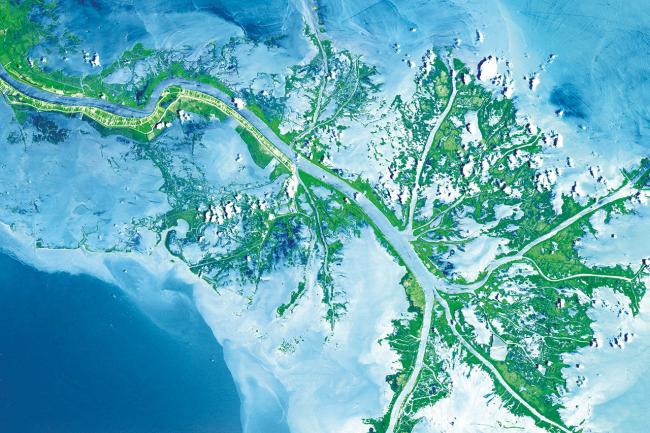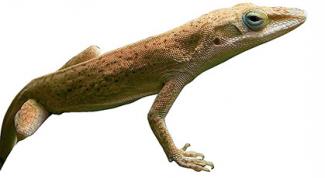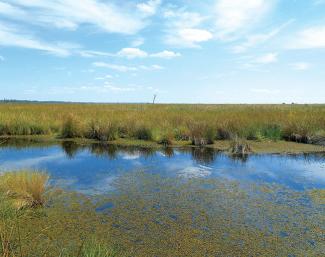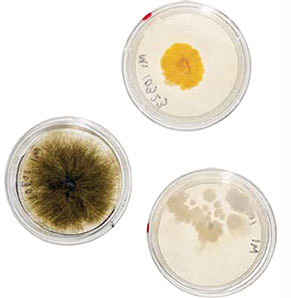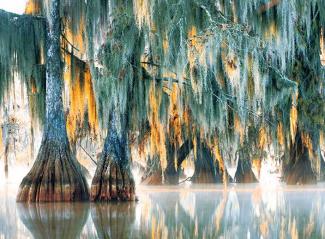Lizards and Spartina grasses. Bald cypress trees and Roseau cane. Cyperus sedges and Beach Morning Glory. These living organisms are among the subjects of attention and scrutiny by scientists in the Tulane Department of Ecology and Evolutionary Biology. These species are not explored in isolation, however. They are studied for their connections within complex ecosystems. Four biologists share their research below:
PLASTICITY IN RESPONSE TO CHANGING TEMPERATURES
Alex Gunderson
“I study lizards,” said Alex Gunderson, an assistant professor of ecology and evolutionary biology, “but one of the things I’m trying to do is to use lizards as a model to understand what’s going to happen generally to organisms.”
Among the principles that he’s studying is the plasticity for which lizards are known and, specifically, physiological plasticity or “an ability of an individual to change their physiology in response to a change in temperature. So, if it gets warmer, they might be able to adjust their physiology to better tolerate warmer conditions.”
Humans have a little bit of physiological plasticity. When we move to warm or cool conditions, our physiology changes somewhat to better tolerate rising and falling temperatures.
Gunderson said that it has been proposed that animals, such as lizards, might be able to use plastic responses to temperature to buffer themselves from climate change.
But there is a limit to this plasticity, said Gunderson. “What our research has shown is that plastic response is not very powerful. In some cases, it’s likely to help, but it’s not going to be a silver bullet that species are going to be able to plastically adjust to whatever is happening, and they’re going to be fine. Their plastic response is limited.”


